In Finland, this giant battery is helping heat apartments and offices—using sand
A small town in Finland is experimenting with a new type of infrastructure: the world’s largest sand battery.
The battery—a 42-foot-tall, nearly 50-foot-wide silo filled with 2,000 tons of crushed stone—sits on the edge of a parking lot. When there’s extra renewable electricity on the grid and power is cheap, the system uses electricity to heat up the crushed stone. That heat is stored in the battery until nearby buildings need to use it.
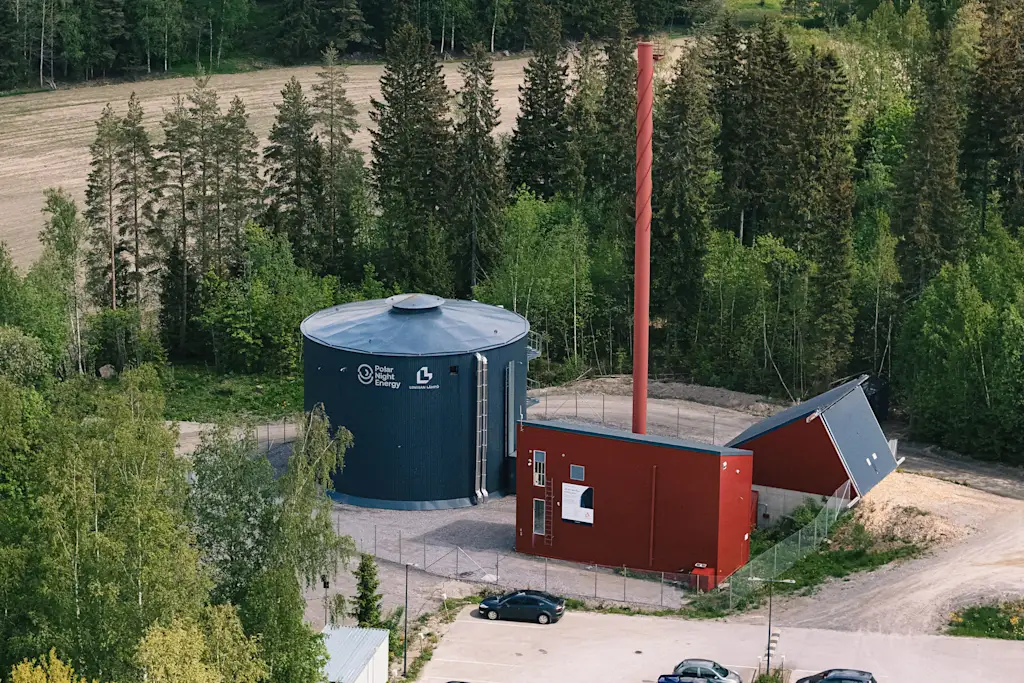
The basic approach is simple. “We just heat air and [circulate it] through sand,” says Liisa Naskali, COO of Polar Night Energy, the Finnish startup that designed the technology. Sand, or other material crushed into sand-size particles, has the ability to store heat for weeks. Unlike some other batteries, the system doesn’t rely on chemicals, doesn’t degrade, and won’t catch on fire.
The town, called Pornainen, relies on a district heating network to heat a group of buildings, from city offices and the local school to some businesses and apartment complexes. Until recently, the network burned oil or wood chips to run. But the municipality is aiming to become carbon neutral, and realized that it needed to make a change.
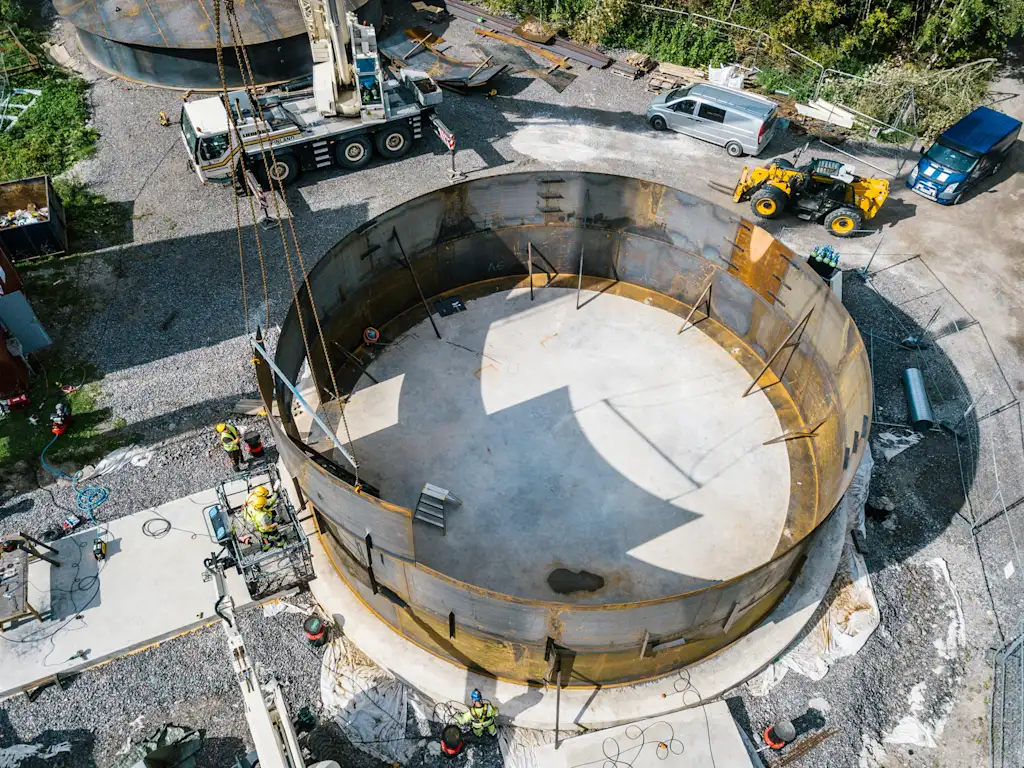
Now if someone in a nearby apartment turns on hot water for a shower, the heat comes from the sand battery. Like other district heating systems, the heat from the battery travels to other buildings via pipes filled with hot water; each building has its own equipment to distribute the heat to radiators, floor heaters, or other HVAC systems.
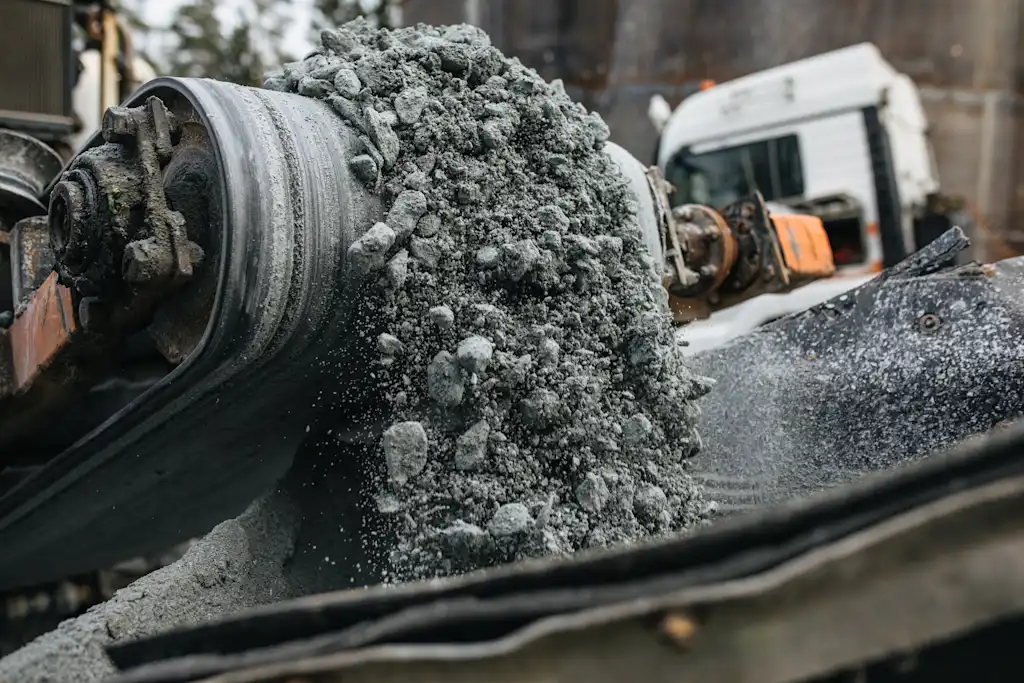
The battery started running this summer, and was officially inaugurated this week, meaning the district heating system no longer uses oil at all. Over the summer, it relied entirely on the sand battery.
As the weather gets colder, the system will use both the battery and wood chips, but the use of wood chips can drop by around 60%. (Burning wood chips is technically carbon neutral since trees take in carbon as they grow, but since trees are slow to grow and burning is fast, it’s not a good short-term climate solution—and it also produces a lot of other pollution.)
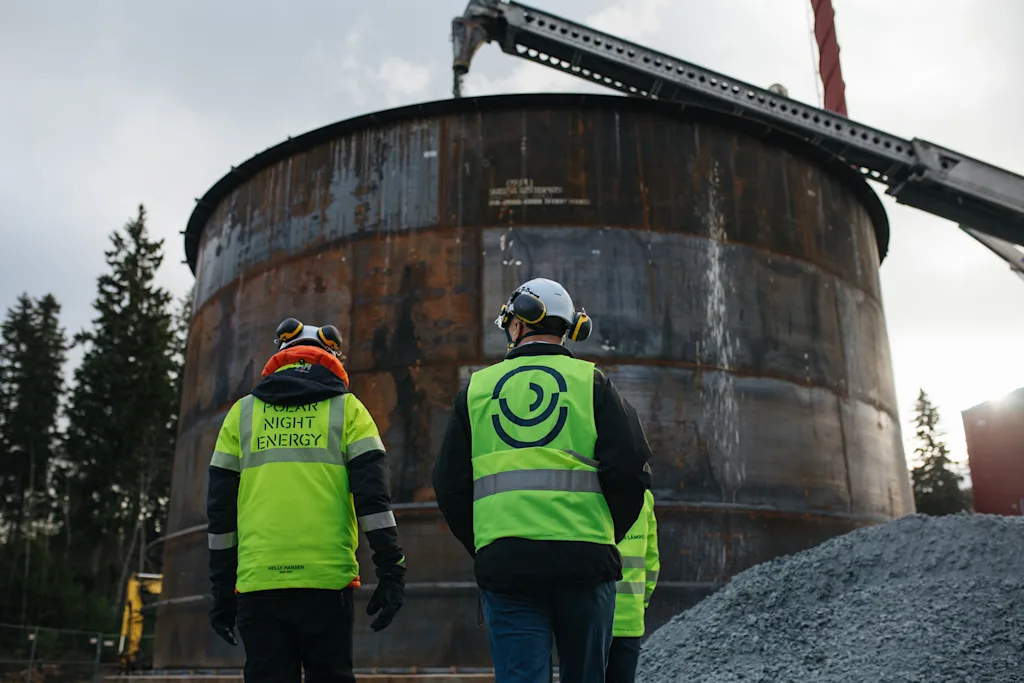
Though the startup calls the technology a “sand” battery, it can use other materials. For the new installation in Pornainen, the company turned to soapstone scraps from a nearby fireplace manufacturer. That helped reduce waste and avoided the environmental challenges of sourcing sand, which is typically excavated from rivers, lakes, or shorelines.
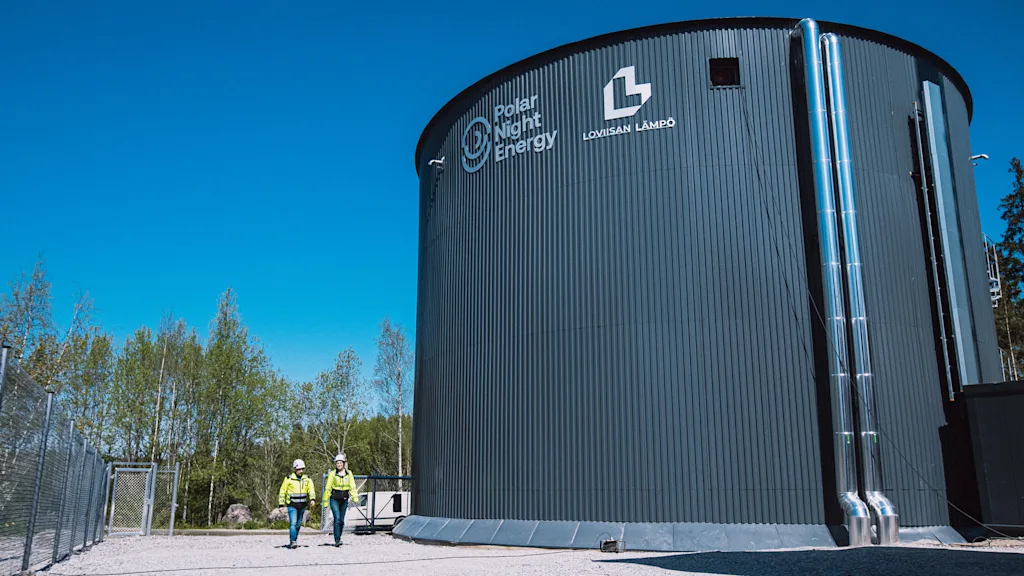
Inside the silo, the company uses a heat exchanger and a closed-loop system to circulate heat. Software runs heaters when electricity prices are low. Throughout the summer, Naskali says, the utility paid around 10% of the average price of electricity by charging only at optimal times. That helps make the technology cost-competitive, though the initial installation cost is high, she says.
The startup is now in talks with other utilities. Factories can also use the technology to replace fossil fuels for high-heat processes. Other startups, including Rondo Energy and Antora Energy, are also pioneering new approaches to thermal energy storage.
For Polar Night Energy, the project in Pornainen is a critical proof point. “This is really important for us,” Naskali says, “because now we can show that this really works.”
ABOUT THE AUTHOR
(20)